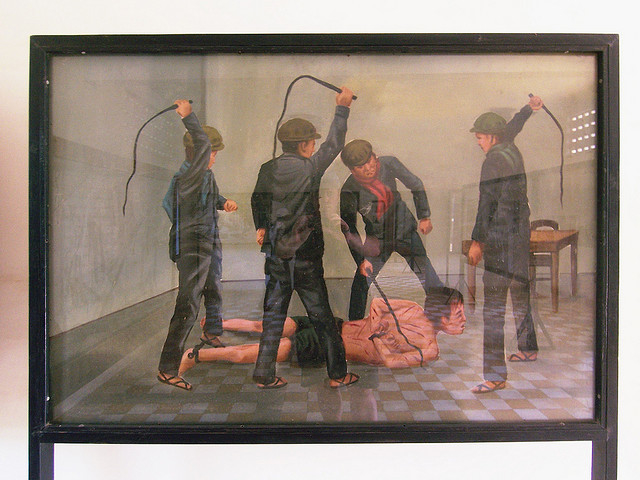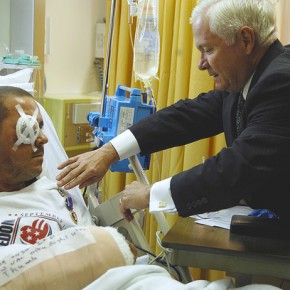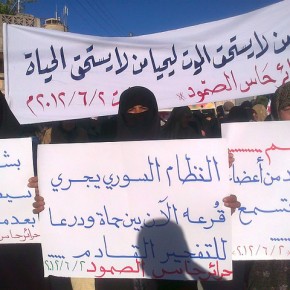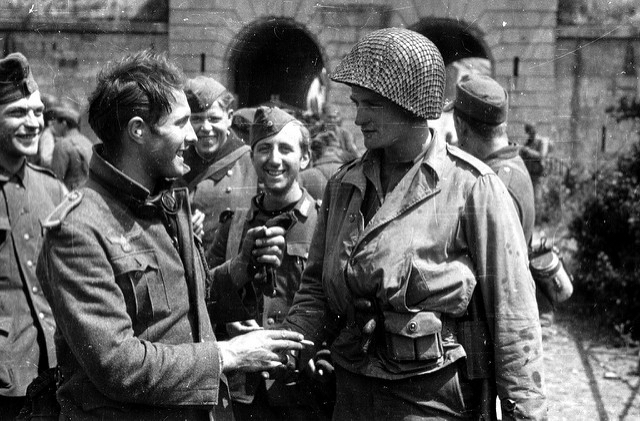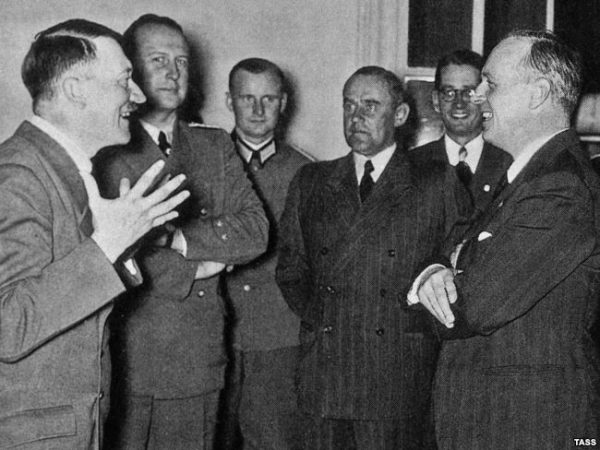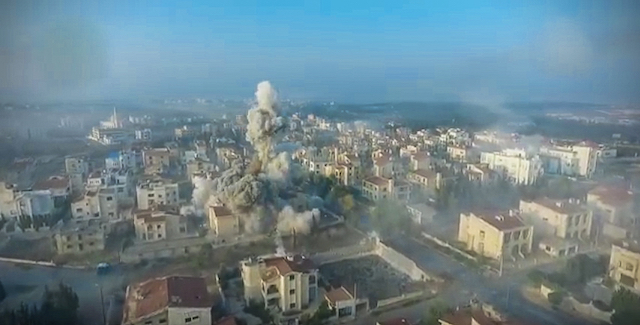It wouldn’t surprise me if, at the close of 2014, L’Image Manquante/The Missing Picture (Rithy Prahn, 2013) remained the best film I’ve seen all year. Premiering at Cannes, where it received the Prix Un Certain Regard, and having screened at most of the major film festivals, the Cambodian documentary is on the shortlist of potential nominees for the Academy Award for Best Foreign Language Film.
In the movie, Panh continues his exploration of the genocide perpetrated by the Khmer Rouge in a lyrical and harrowing manner. His approach has always supplied innovation in the depiction of genocide. For instance, S-21: The Khmer Rouge Killing Machine (2003) unites two survivors of the notorious prison with their captors—men who tour the museum and reenact their tortures whilst explaining (and defending) their actions. The Missing Picture presses at these ruminations on representation, history, and trauma, coupled with Panh’s own personal testimony, animated alternately by painted clay figurines in stunningly crafted dioramas and archival footage (much of it shot by the Khmer Rouge.)
The Missing Picture refers to the search and struggle to recount his experience between 1975-1979, where images are most often supplied by the Khmer Rouge’s propaganda, locked in the minds of survivors, or lost among the dead. Such questions of representation are nothing new, as one considers Theodor Adorno’s oft-misunderstood dictum “To write poetry after Auschwitz is barbaric,” or Shoah director Claude Lanzmann’s own claim that should he have found a film of the murderous process, he would destroy it rather than allow it to stay.
Such emphatic declarations give rise to numerous questions. How can one ever recall, or accurately render, events that have shattered the psyche? How can one use perpetrator images—often instruments of the genocide—in a testimonial process? And what does it mean to use those tools of popular cinema, those often deployed by propagandists, within a film that seeks to recover the lost?
The Missing Picture counters documentary realism with clay figures and a less-than-linear narrative structure that allows memories to come, almost unbidden, into the stories of the camps. At one point, the director recalls his musician brother back in the freer, vibrant world of Phnom Penh. It is affectionate and colourful. At another, though, stories of death and horror come as a torrent, one after the other, as if to show the dangers of memory. To open the door is to invite not just one, but all memories, into the world.
This style of storytelling disrupts the neatness of the popular films about genocide (such as The Killing Fields, Schindler’s List, or Hotel Rwanda) which veil such challenges with realism and drama. Even the voiceover of Panh’s film goes against the logic of his own survivor’s testimony, as it is not Panh, but apparently Randal Douc who delivers the first-person narration. The choice forces gaps into Panh’s story, interrupting the requisite documentary alliance of word and image. Once again, the question of who is doing the speaking is raised. Is this really a documentary? Or is our idea of storytelling in need of expansion?

The Missing Picture‘s fantastical elements, particularly its use of clay figures, in no way calls into question the truth of the director’s testimony. Rather, they enhance it. To draw on the work of film scholar Janet Walker, one can see ‘the traumatic paradox’ at play here, whereby the very nature of trauma, with its lacunae and repressions, challenges the requirements of realist narratives, thus making those texts that depart from the format all the more true. As Panh points out in his interrogations of Khmer Rouge documentary footage, which appear with scratches and corrosions, this ‘evidence’ may not have the legitimacy ascribed to photographic images. That doesn’t make his imagery any less representative. Just different.

One can also find a paradox in the use of the figurines themselves. They reflect the dehumanizing processes of genocide — the transformation of humans into things to be removed, such as with ‘cockroaches’ in the Rwandan genocide or the ‘stücke’ and ‘figuren’ in the Nazi death camps. And yet the colour, the gestures, and the set combined with the film’s lively soundscapes, animates these figures, making them moving and deeply human. They are more personal and more truthful in the expression of Panh’s experience than the badly made propaganda films of the Khmer Rouge, the made-for-cinema performances that masked starvation and pain.
Moreover, these figures, even when rendered at their most bleak, are never quite reduced into the full abjection that one sees in documentary footage of human remains. When Panh does show the excavation of mass graves, it’s only for a few seconds. The sight is horrible, but its force comes through the recognizable humanity that preceded it. In a manner, Panh provides a secondary form of recuperation, restoring humanity to the bodies, and restoring stories to what has, all too often, been forced and shaped into iconic shorthand for genocide.
Rithy Panh has made a deeply cinematic and moving film that interrogates and exposes the dangers not only of politics, but also of the moving image. It would come as no surprise, then, should this film remain as powerful at the end of the year as it did when I first watched it. What does surprise me, however, is that despite the awards, despite the major festival circuit run, and despite its anomalous submission as Best Foreign Language picture (a position typically reserved for fiction films,) The Missing Picture has received so little attention. Particularly when compared to The Act of Killing, which also explores the intersections of film and genocide, albeit in a radically different, perhaps more cinematic fashion.
In the documentary, the film-loving genocidaires reenact their mass murders using all the tools made available through popular genre films. This may even extend to Anwar Congo’s retching in the film’s closing. As I have noted elsewhere, this may have been read as catharsis and resolution brought on through reenactment. However, it equally suggests a performance of genre expectation, in reference to historical films that demand some sort of personal transformation from the protagonist.
The Act of Killing has received the bulk of the distribution and pride of place on critics’ year-end best of lists (although this may be just as much a factor of the limited space for documentary attention.) It’s a film that both plays with and deploys popular cinematic ideas about history. Although excellent, its relative lack of reflexivity—particularly when compared to The Missing Picture – creates more comfort, despite it’s profoundly discomfiting subject matter.
Like The Missing Picture, The Act of Killing is on a shortlist of nominees for an Academy Award, albeit in another category—Best Documentary Feature. I’ll confess a desire for it to win, but not so much for the reward (although I would not begrudge the thoughtful and talented Joshua Oppenheimer) but for another reason. The Academy loves its historical films, those dramatic films that fetishise their authenticity and produce uplifting tales from horror. To bestow such an award might say more about the giver and its cinematic economy of historical production than about the receiver.
Photographs courtesy of Screenpunk. Published under a Creative Commons license.
